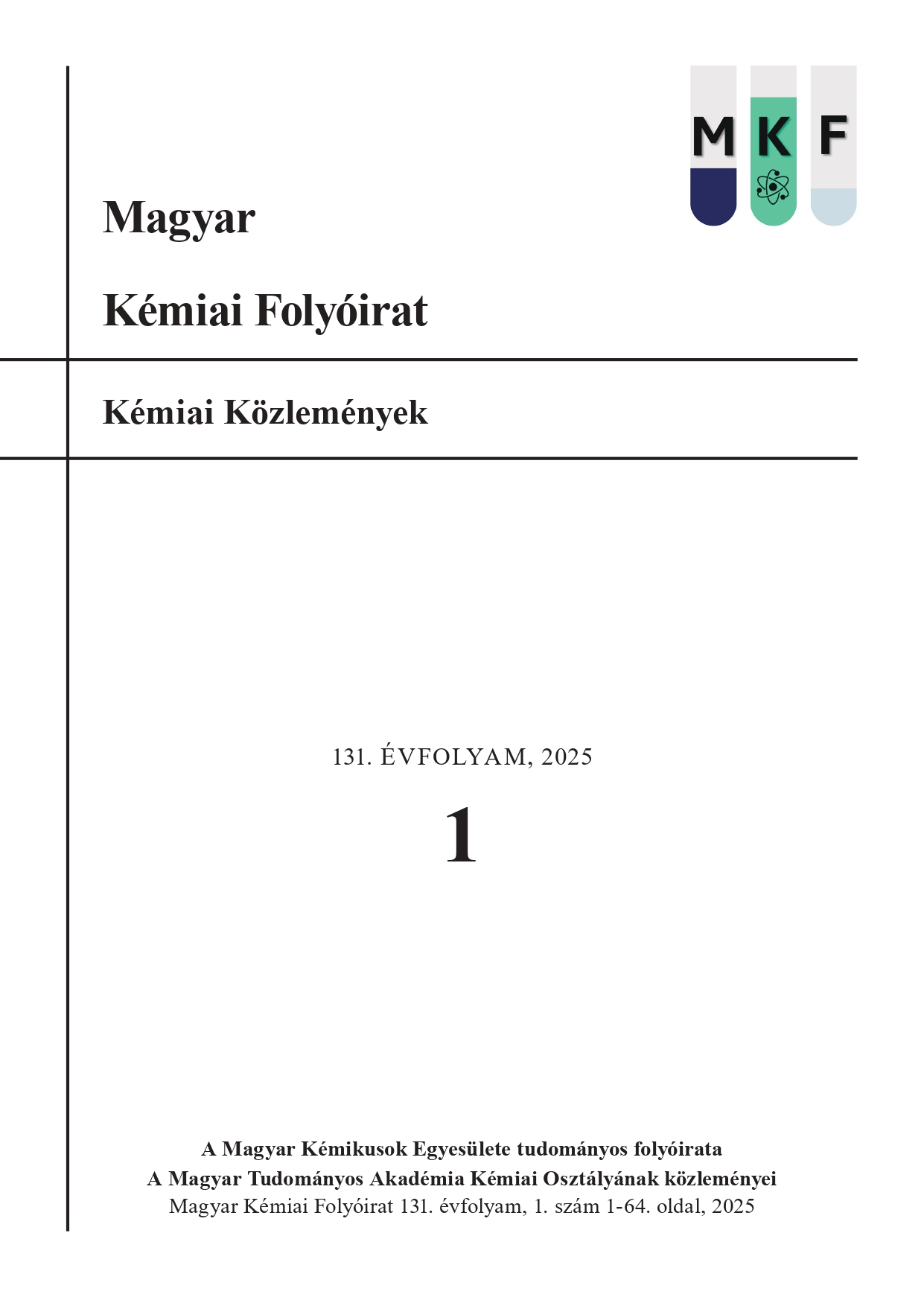In Situ Formation of BOC Protecting Groups on Silicon Carbide Nanoparticles
Abstract
After successfully forming amino groups directly on the surface of SiC nanoparticles, our research interest turned to addressing the instability of free –NH2 groups in air. From our previous work, we were convinced that peptide coupling remains stable even after more than one year of storage in solution and in a refrigerator. The formation of a protecting group served several purposes. First, storing the material in solid-state form at room temperature is easier than maintaining it in a solution in a refrigerator. Second, the resulting amide bond system confirms that the recovery of the PL signal in the peptide–SiC conjugate can be attributed to the transformation of the amino-terminated SiC. Third, the preparation using N-bromosuccinimide offers milder conditions compared to the original Hofmann degradation. Since the BOC group can be easily removed by acid, the method is also suitable for generating the –NH2 group. This is confirmed by the fact that, after acidification to pH = 6, we observed a fraction after chromatography where the pH of the mixture was 8. We examined these fractions using UV–VIS spectroscopy, and no signal corresponding to N-bromosuccinimide was observed in the spectra. Combining the contents of these fractions, we recorded ¹H and ¹³C NMR spectra of the reaction product C. Precise NMR and IR analysis relies on proper knowledge of the positions of the functional groups. Based on the proton NMR, methyl groups are evident (1.8 ppm), which also correspond to a signal in the carbon spectrum (62.6 ppm). In the IR spectrum, the BOC derivative shows Amide I and II bands (1672 and 1550 cm⁻¹), which disappear after acid treatment, as well as bands characteristic of isocyanates (2251 cm⁻¹) and protonated amino groups (2500–3200 cm⁻¹), confirming both the formation of the protecting group and the presence of intermediates involved in Hofmann degradation following its removal. Indirect confirmation comes from the PL spectrum, which shows that a clearly measurable signal is obtained again in the amide-bonded system. This provides additional evidence for the potential use of SiC as a fluorescent biomarker when coupled to biomolecules. Compared to dye molecules, nanocrystals offer the advantage of having stable fluorescence, making them suitable for such applications.






